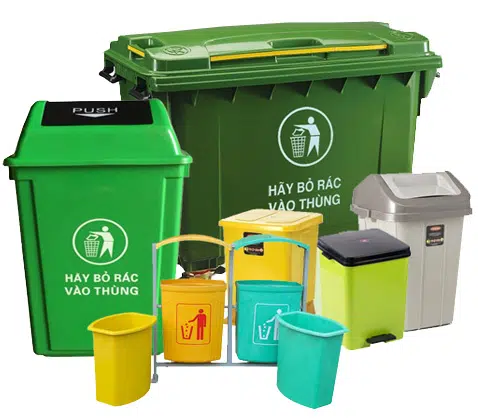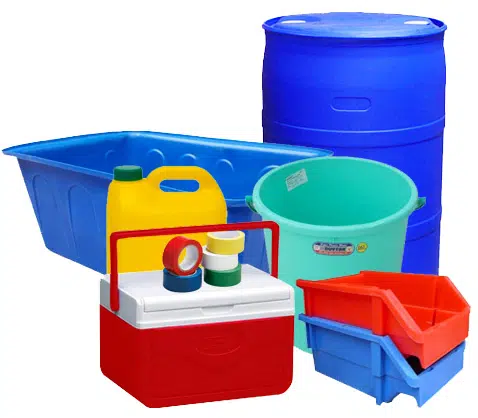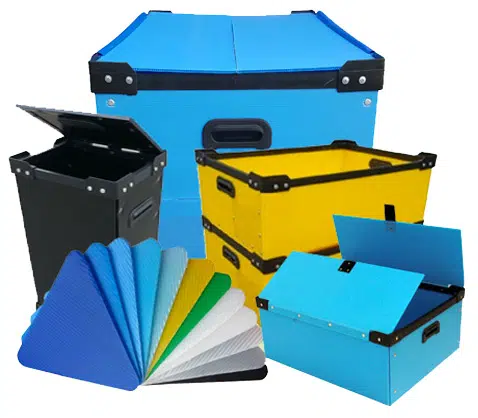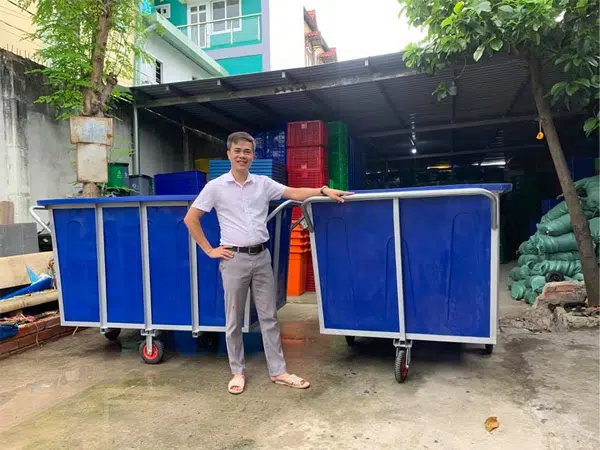The humble garbage can, a ubiquitous fixture in our homes and public spaces, is often overlooked. Yet, its story is a fascinating tale of human innovation, public health, and a growing environmental consciousness. From the simple, open containers of the past to the smart, integrated waste management systems of today, the evolution of the garbage can reflects our changing relationship with waste. This comprehensive article will embark on a journey through the history, design, and future of these essential vessels, exploring how they have become a critical component of modern life and a symbol of our global efforts to manage waste responsibly.
The history of the garbage can is tied to the history of urban living. As cities grew denser in the 19th century, the accumulation of waste became a serious public health crisis. Piles of refuse in the streets were not only a sanitation nightmare but also a breeding ground for disease. In response, city officials began to mandate the use of closed containers to contain waste, a practice that laid the foundation for the modern garbage can. This simple innovation was a monumental step forward in public health, helping to curb the spread of diseases like cholera and typhus and making urban environments cleaner and safer.

From Tin Cans to Smart Bins: A History of Design and Function
Early garbage cans were often simple metal bins, heavy and prone to rust. Their primary function was containment, but they were not without their flaws. They were noisy, difficult to handle, and often an eyesore. Over the decades, a wave of innovation began to transform their design, driven by new materials and a desire for greater efficiency.
The Plastic Revolution: The advent of plastic in the mid-20th century was a game-changer for garbage can design. Plastic bins were lighter, more durable, and easier to manufacture. They could be molded into various shapes and sizes, and their resistance to rust and corrosion made them a superior choice for both indoor and outdoor use. This shift not only made garbage cans more accessible but also allowed for the introduction of new features, such as foot pedals for hands-free operation and secure lids to keep pests out.
Aesthetics and Integration: In the late 20th and early 21st centuries, the design of garbage cans began to reflect a new focus on aesthetics and integration with modern living spaces. Designers began to create sleek, stylish bins that blended seamlessly with kitchen decor and office environments. Stainless steel finishes, motion-sensor lids, and multi-compartment designs for sorting recyclables became common features. The garbage can was no longer just a functional object; it had become a piece of a well-designed, modern home.
The Age of Smart Waste: The latest evolution of the garbage can is the “smart bin.” These high-tech containers are equipped with sensors that can measure fill levels and a built-in compactor to reduce waste volume. They can even send data to waste management companies, allowing for more efficient collection routes and reducing the number of trips required to pick up trash. This technology is not only saving money but also reducing the carbon footprint of waste collection.
The Environmental Imperative: Garbage Cans and the Three Rs
The role of the garbage can has expanded far beyond simple containment. It has become a central tool in our global efforts to manage waste responsibly, particularly in promoting the “Three Rs” of waste management: Reduce, Reuse, and Recycle.
Recycling Bins: The introduction of separate bins for recycling has been one of the most significant developments in waste management. These bins, often color-coded, make it easy for people to sort their waste and ensure that valuable materials like plastic, glass, and paper are diverted from landfills. This simple act of separation has a profound impact on the environment, saving energy, conserving natural resources, and reducing pollution.
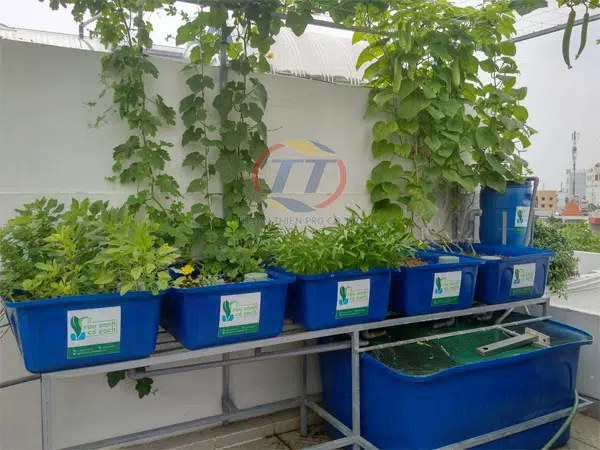
Compost Bins: In a growing number of cities, garbage cans are being joined by a third type of bin: the compost bin. These bins are used to collect organic waste, such as food scraps and yard trimmings, which can be turned into nutrient-rich compost. Composting helps to reduce the amount of waste sent to landfills and can be used to enrich soil for gardening and agriculture.
The Future of the Garbage Can: Beyond the Bin
Looking ahead, the garbage can is set to undergo even more radical transformations. The focus will shift from simply containing waste to actively managing and even eliminating it.
Zero Waste Systems: The ultimate goal of modern waste management is to create “zero waste” systems, where the garbage can becomes obsolete. In these systems, every piece of waste is either recycled, composted, or reused, with nothing sent to a landfill. This will require a combination of new technologies, policy changes, and a fundamental shift in consumer behavior.
The Garbage Can as a Data Hub: In the future, garbage cans may become integrated with the Internet of Things (IoT), serving as data hubs that provide valuable insights into our consumption patterns. This data could be used to help companies design more sustainable products, to inform public policy on waste reduction, and to help individuals make more environmentally conscious choices.
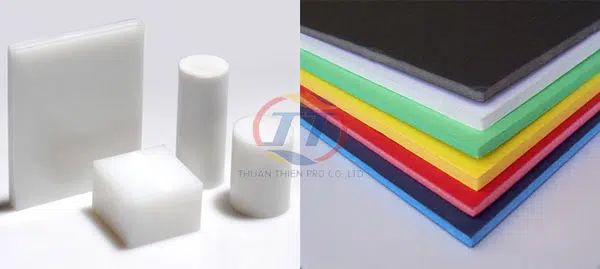
In conclusion, the garbage can is a powerful symbol of our changing relationship with waste. From a simple container to a sophisticated data hub, its evolution reflects our growing understanding of the importance of responsible waste management. It is a journey that is far from over, and as we continue to innovate and embrace new technologies, the garbage can will continue to play a vital role in creating a cleaner, healthier, and more sustainable future for all.

